Time keeps on slipping, slipping…
After being dormant for over a decade, Prince of Persia is back. The Lost Crown sees players return to the lands of Persia for the first time since 2010’s Forgotten Sands. This latest take also harkens back to its roots as a side-scrolling platformer, albeit once draped in the fabric of a Metroidvania. While The Lost Crown is vastly enjoyable, often incredible at times, the execution of its story and characters rarely impress, making for the only blemish on an otherwise fantastic adventure.
The Lost Crown sees you taking on the role of Sargon, a young gifted Persian warrior who is part of a group of elite protectors called the Immortals. Upon defending Persia from a conquering warlord in the game’s opening moments, their victory is short-lived as Prince Ghassan, heir to the Persian throne, has been taken. The Immortals then travel to Mount Qaf, a cursed land once known for its culture and stunning beauty. Sargon will also come to understand that this kidnapping is part of a much grander design, one that will require the mastery of a wealth of mysterious powers if he is meant to not only rescue the young prince but restore the world’s balance in the process.
While the story dives deeper into the reason for the kidnapping, as well as the history of Mount Qaf, and its protector, the God of Time and Knowledge; the Simurgh, Sargon’s journey is met with a lot of predictable beats, especially surrounding much of his opposition, a scenario you'll see coming a mile away. While the concept isn't a terrible one, the game does little to make those confrontations feel impactful or emotional, due to the limited time to make these moments resonate or feel memorable.
As you navigate Mount Qaf and its surrounding areas, you'll also uncover additional information regarding the land, as well as a deeper prophecy whose fragments are hidden in jars found off the beaten path. Those who wish to understand more of the background to the game’s narrative will certainly benefit from that exploration as it grants you a deeper understanding of certain characters and who they are to the story.
However, as rewarding as some elements of that backstory can be, the story of Sargon’s journey is a constant arrangement of scenes that tell but don't show. The connections we have between him and the Immortals, and even to Prince Ghassan, let alone Queen Thomyris, are incredibly surface level with nothing to make the bigger moments stand out. Had we been given flashbacks or other avenues of character and relationship building then I likely would have been engaged during the moments where the game is attempting to lean on our emotional connection to what is occurring, often making these interactions instead fall flat. It's a shame since the story is one worth exploring, but it rarely provides anything to make you even remotely care about it, its characters, and especially its conclusion.
However, when it comes to The Lost Crown’s gameplay, it’s a whole other story. Every jump, dash, and ability feels micro-tuned to a satisfying degree, even if a few late-game additions don’t feel as connected to the majority of the puzzle-like mechanics found throughout the game’s extensive map. The Lost Crown has a great sense of mobility in not just the traversal systems but towards that of combat as well, making for a very fluid and kinetic experience regardless of whether using its systems to trounce any of its 65+ enemies or dash across its 13 distinct biomes. There is a lot to enjoy here, and it all feels remarkably engaging.
Sargon’s method of combat begins with his dual swords. While you’ll eventually be able to upgrade them, you won’t be finding additional equipment apart from the use of a Bow. You’ll also have a Chakram but it feels built more for solving puzzles due to its limited use in combat. Eventually, you’ll track down one of the Immortals to teach you some basic combat fundamentals such as various ways you can slash at enemies, launch them into the air, or learning how to use your bow or charged attacks effectively. It’s a good way to understand what is available to you since combat can initially feel rather simple at the onset.
As enemies close in to strike, you can perform quick dodges to escape harm to pulling off a well-timed parry to counter the attack, blocking all incoming damage. While a flashing red attack cannot be parried or blocked, a flashing yellow attack can, resulting in a stylish and powerful counterattack that can simply destroy anything unfortunate to be on the receiving end. These attacks are paired alongside some pretty killer animations, so keep your eyes peeled for an opening.
However, for as enjoyable as the sword combat can be on its own, The Lost Crown benefits more from giving Sargon a decent amount of special abilities called Athra Surges. Athra is a sacred energy that flows through each living being, and Sargon can channel that energy into a devastating force. The Athra gauge increases when Sargon attacks and defeats enemies, allowing the use of these abilities to be fairly frequent, providing you are engaging in combat as often as possible.
Athra Surges can be offensive or defensive, such as the former used to damage nearby foes and the latter allowing you to restore some much-needed health. Athra Surges are unlocked as you defeat bosses, so you’ll be limited on your options fairly early on. Thankfully, you can equip two at once, with each using up a different value of the Athra Surge gauge. A few of the first you’ll equip are Verethragna’s Smite and Bahman’s Breath. Verethragna’s Smite is a forward thrust that I found constantly useful, leaving it as my main go-to for some time. Bahman’s Breath was fine for smaller encounters when I would need a quick health top-up, but its use in combat, especially in boss encounters just wasn’t fast enough. Granted, you can level these up via the Blacksmith, but on their own, some Surges are better suited for specific circumstances.
While Sargon doesn’t level up throughout the game, you can earn amulet slots that allow you to customize Sargon to an extent. Three amulet slots will be available at the start of the game with a total of 12 that are purchased, found, or unlocked by the end of your journey. Amulet’s vary from causing your arrows to be set aflame, extending your combo, or creating a time-bubble upon landing a perfect parry. Each amulet has a basic cost from one to three slots, making the more powerful amulets a costly affair to equip, especially since some of the single-slot amulets are pretty decent on their own.
To swap out both your Athra Surges as well as your amulets, you’ll encounter Wak-Wak trees that will also refill your health and act as a checkpoint. While a few of these trees have spirits that have some dialogue, these felt underused and nonessential to the experience. Thankfully, to eliminate a great deal of backtracking, Wak-Wak trees, as well as travel portals, are found pretty frequently, making it fairly snappy to find your way across the map or respawn closer to where you may have perished.
Sargon will rely on a few NPCs to help in his quest. You’ll purchase maps from Faribia, useful trinkets, and healing supplies through a shopkeeper called The Mage, to Kaheva the Blacksmith I mentioned earlier. Each is native to this kingdom and can provide their services through a time-crystal currency you’ll earn as you defeat the numerous foes in your way. While there are secondary currencies, such as Azure Ore and Xerxes coins, these are used to flesh out the later tiers of your weapon upgrading, such as improving the damage of Qays & Layla, the pair of dual swords you’ll use throughout the game.
Lastly, Sargon will earn Simurgh powers that focus a great deal on mobility and traversal, granting you access to areas that were previously blocked off. The Rush of the Simurgh is one you’ll earn fairly early as it acts as a dash to get you over wide gaps. While you’ll eventually earn a double jump, it’s far longer into the game than I was anticipating. Other Simurgh powers include the ability to latch onto faraway objects, the ability to teleport to a stationary clone of yourself, to manipulate reality to summon platforms from another realm. While your mileage may vary on your favorites, I don’t think there is a bad power across the game’s offerings.
These powers are constantly active and require no energy resource to use, they are just always available. One of the Simurgh powers you’ll earn about halfway through is the Dimensional Claw. This is how you’ll break through fractured walls. Instead of causing its own explosion, you’ll use it to trap an explosive foe inside it, only to unleash it later at said fractured wall. It’s an interesting idea that results in constantly trying to remember where you saw a certain enemy or using them against their comrades as you chuck them right back at them.
In fact, these powers come in clutch when you are taking on the variety of boss encounters present in the game. From using your Shadow of the Simurgh power to teleport to safety to using the Dimensional Claw to fire back Azdaha’s purple spikes, you’ll also rely on your dash and double jump to leap over and around bosses, especially given their range and charged attacks. Bosses telegraph the bulk of their abilities fairly decently and a few can even be parried, you just have to wait for the right moment.
What is going to entice players to The Lost Crown is likely going to be the platforming challenges of using all these powers of mobility to leap, dash, and wall-bounce through some pretty cleverly designed trap-filled environments. From those layered with spiked and rotating blades, to a whole location littered with deadly red crystals, the variety of what each location offers is decent and yet comfortably familiar. While there are a few puzzles to solve, especially one that had me stuck for about an hour until I realized how to effectively use the clone power, the real test of your skills can often come from areas not devoted to the main path but instead hold on to various treasures and secrets to explore. That Ore and those Coins? Yup, those are often found through these locations.
As mentioned before, I don’t think the story or its cast of characters are going to be what players take away here as the gameplay is clearly the main draw and is remarkably solid with extremely good handling on how far you jump, the speed of your dash, to how great the double jump and lasso grab feel to pull off. Combine that with some excellent combat that constantly feels good, and nearly every aspect of the gameplay here is top-notch and wildly successful. Considering this is coming from the Rayman Legends team, I always knew this game was going to feel good to play, but I think it exceeded my expectations.
There is one thing that The Lost Crown does that should be a staple for the Metroidvania genre going forward, something I am not sure I have seen elsewhere. While previous games of this ilk have allowed you to place down pins on their maps, to keep track of paths not taken, The Lost Crown allows you to take limited screenshots of whatever you want, adding them to the map. So, if there was a wall that you couldn’t get past before you had that ability, you can view the screenshot on the map you took and instantly know just exactly what you’re dealing with as opposed to a pin that you likely cannot remember why you placed it down in the first place. This is such a simple idea that is a great quality-of-life addition to the genre.
The Lost Crown is an experience that Ubisoft wants players to enjoy and that also includes those who bounce off of games that have incredibly challenging platforming or a wide range of difficulty spikes or tough encounters. To aid in ensuring almost anyone can play this, The Lost Crown has plenty of difficulty settings but also includes the ability to skip platforming sections altogether. This works by having a portal show up and teleport you to the end of the challenge. This works well since it still provides the ability for the player to try out the challenge instead of it being something that is automatic. And best of all, this is entirely optional and found in the game's accessibility settings.
Given the team that worked on The Lost Crown, its animated almost cartoon-like approach to the game’s visuals works for and against itself when it comes to the final product. I think the environments and effects are extremely well done, as are the animations given to Sargon and the foes he will vanquish. Creatures and numerous beasties all look fantastic, but the supporting cast around Sargon, and especially the game’s final boss, just disappoint. The character models for most of the game’s human cast generally don’t impress much at all, especially Menolias, whose model can be downright bad given how close some of the cutscenes place his model to the camera. While the bulk of this game can look gorgeous, it’s a shame small things like a few characters can stick out like a sore thumb.
The game’s simplistic visuals allow it to run at a pretty locked 60fps across all platforms, with impressive performance all around. The Xbox Series X and PS5 can reach as high as 120fps, though the Xbox Series X's ability to do that wasn’t available during the review period and is set to drop on a day one patch. While I didn't have access to the Nintendo Switch version, Ubisoft states that the game runs 60fps docked at 1080p and portable at 720p while also maintaining 60fps. Previous hardware such as the PlayStation 4 and Xbox One also benefit from 60fps across 1080p and 4K options, given the base models and Pro/X versions, respectively.
To be honest, I felt a bit tapped out with the Metroidvania genre going into The Lost Crown by reviewing both Last Faith and Blasphemous 2 somewhat recently and fairly close together. However, I rather enjoyed this latest take on Prince of Persia and felt it suits the series well. While I still do prefer the 3D entries, such as the Sands of Time trilogy and even 2008’s Prince of Persia reboot, The Lost Crown certainly won me over, largely due to the addictive gameplay loop and impressive mobility. Again, I wasn’t taken with its story or its small cast of characters, but found their components to at least keep my interest in seeing the game through. Still, if you enjoy a solid Metroidvania that can provide a decent amount of challenge without being insanely difficult, The Lost Crown is a pretty satisfying journey in an effort to bring back a once beloved series that is one of my personal favorites.
Developer - Ubisoft Montpellier. Publisher - Ubisoft. Released - January 15th (Deluxe/Ubisoft+), 18th (Standard Edition), 2024. Available On - Xbox One, Xbox Series X/S, PS4/PS5, Nintendo Switch, PC, Amazon Luna. Rated - (T) Blood, Mild Language, Violence.
Platform Reviewed - Xbox Series X. Review Access - A review code for the game was provided by the publisher for the purpose of this review.



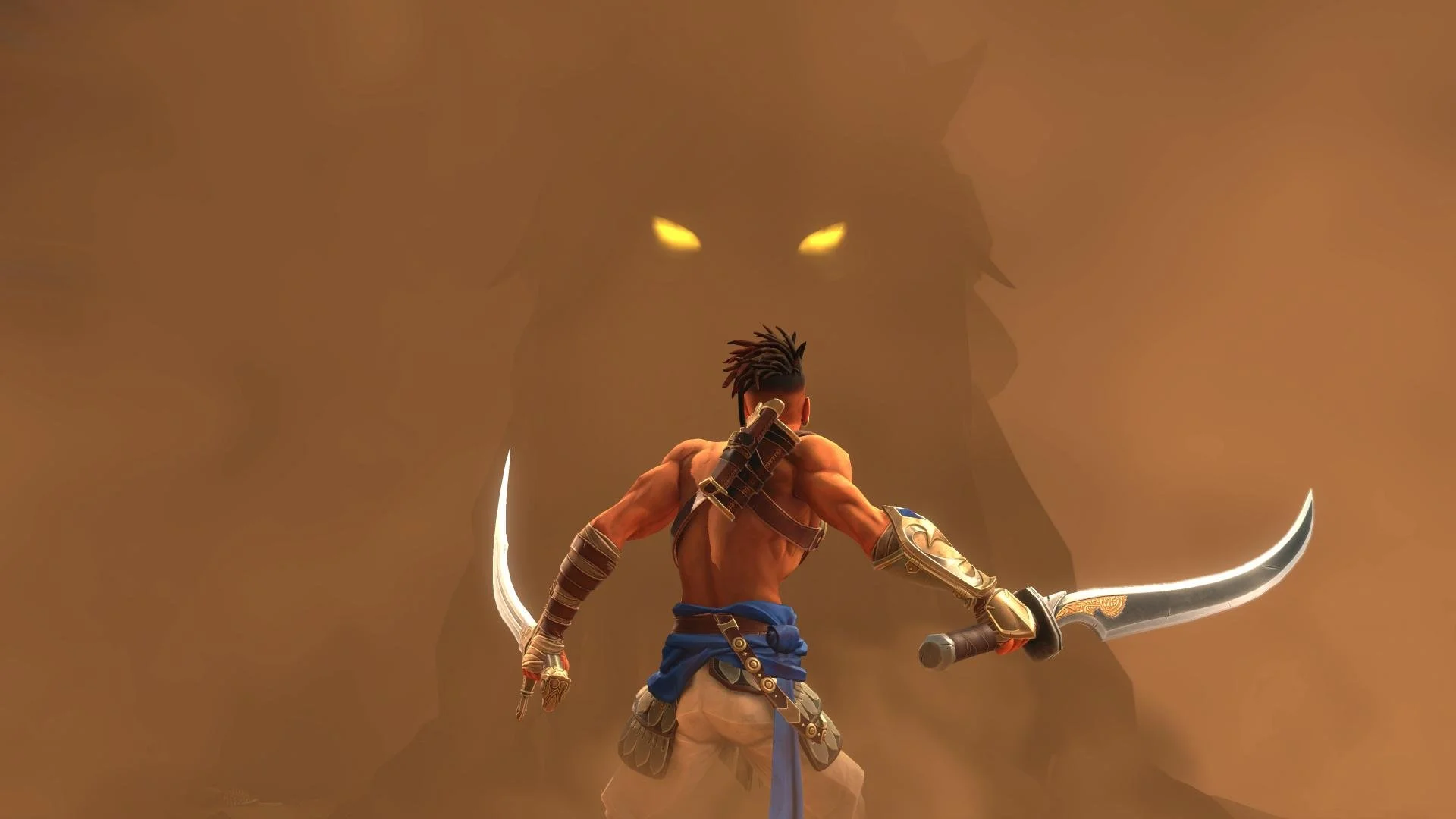



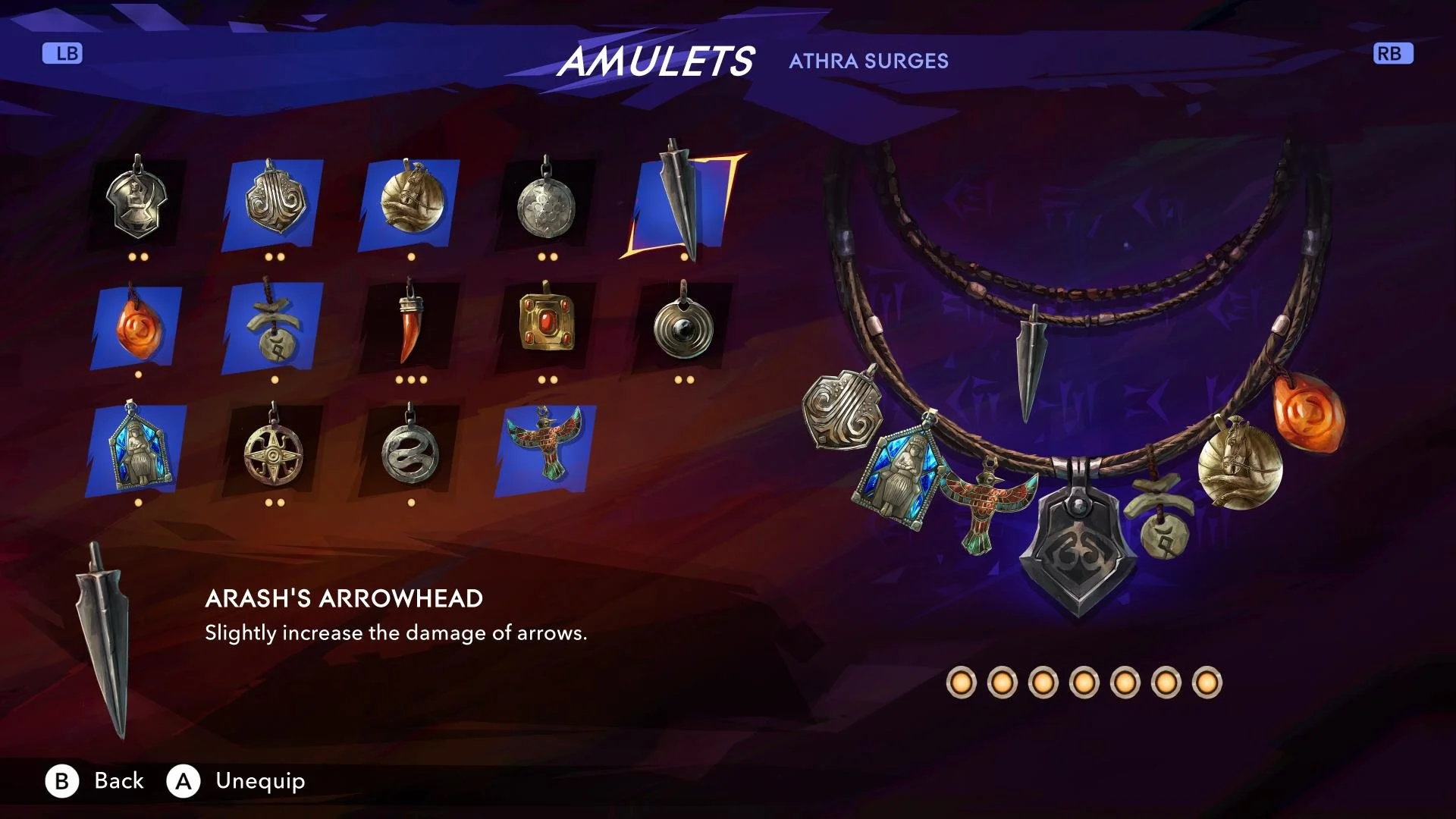

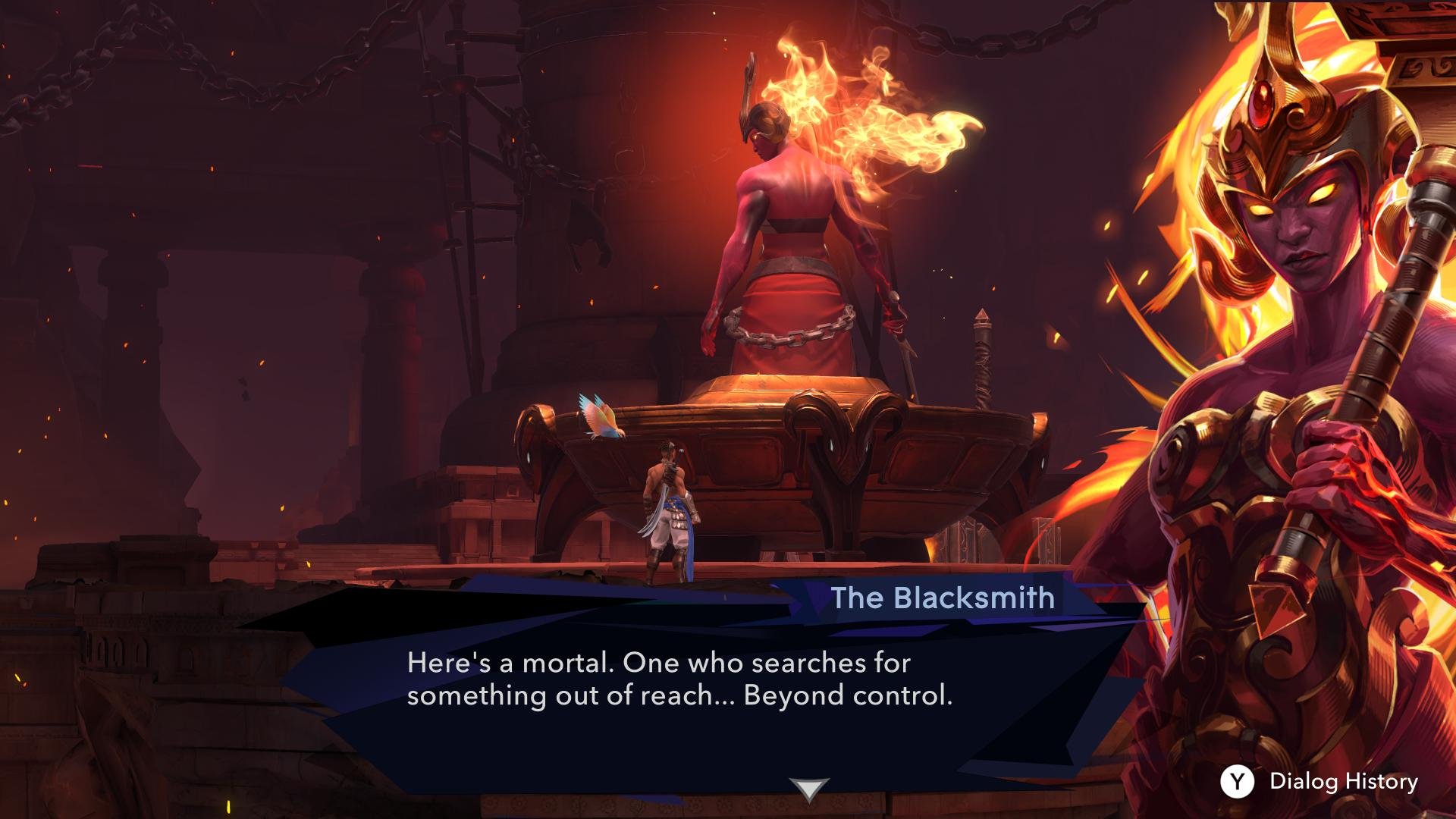
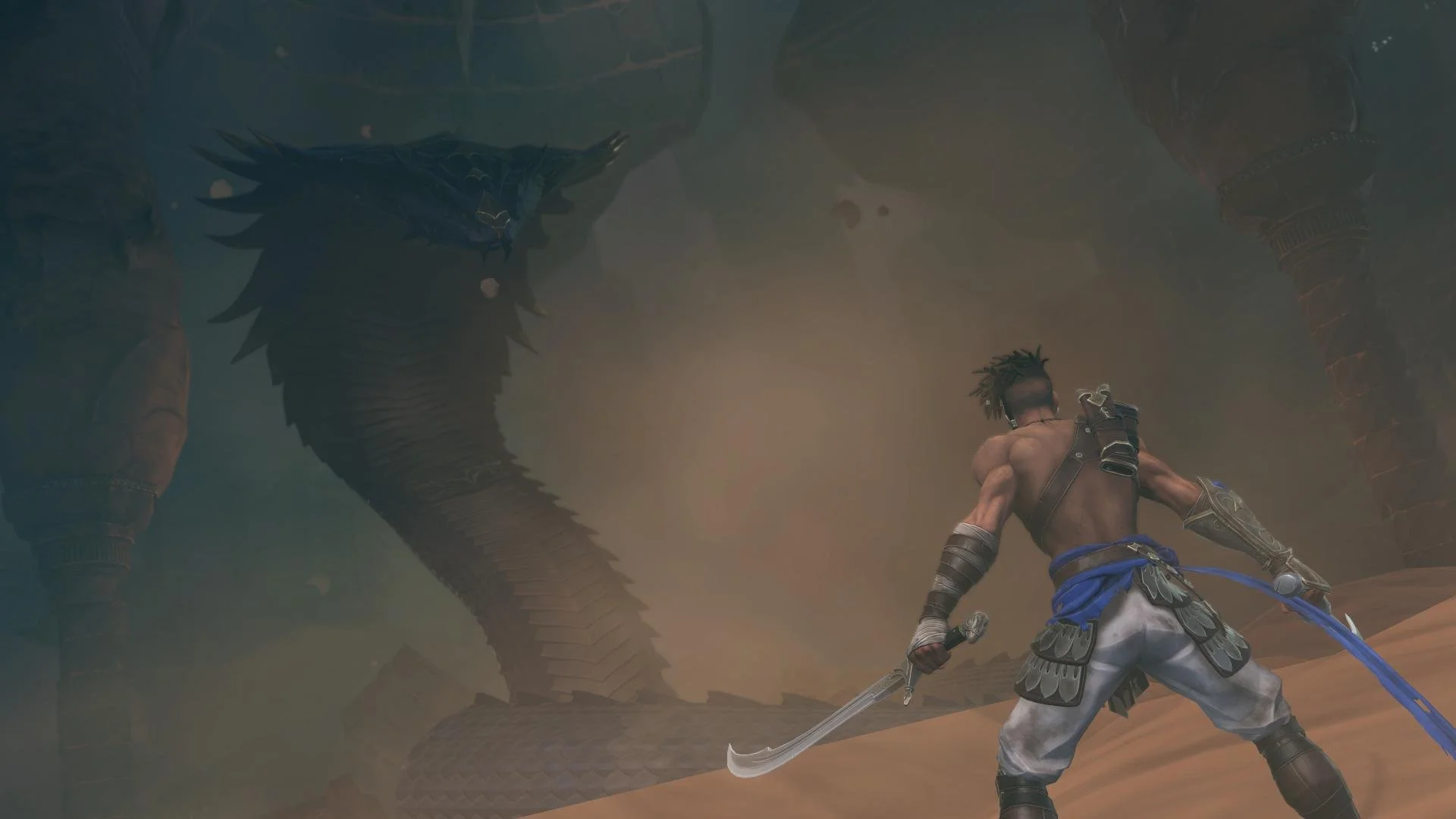




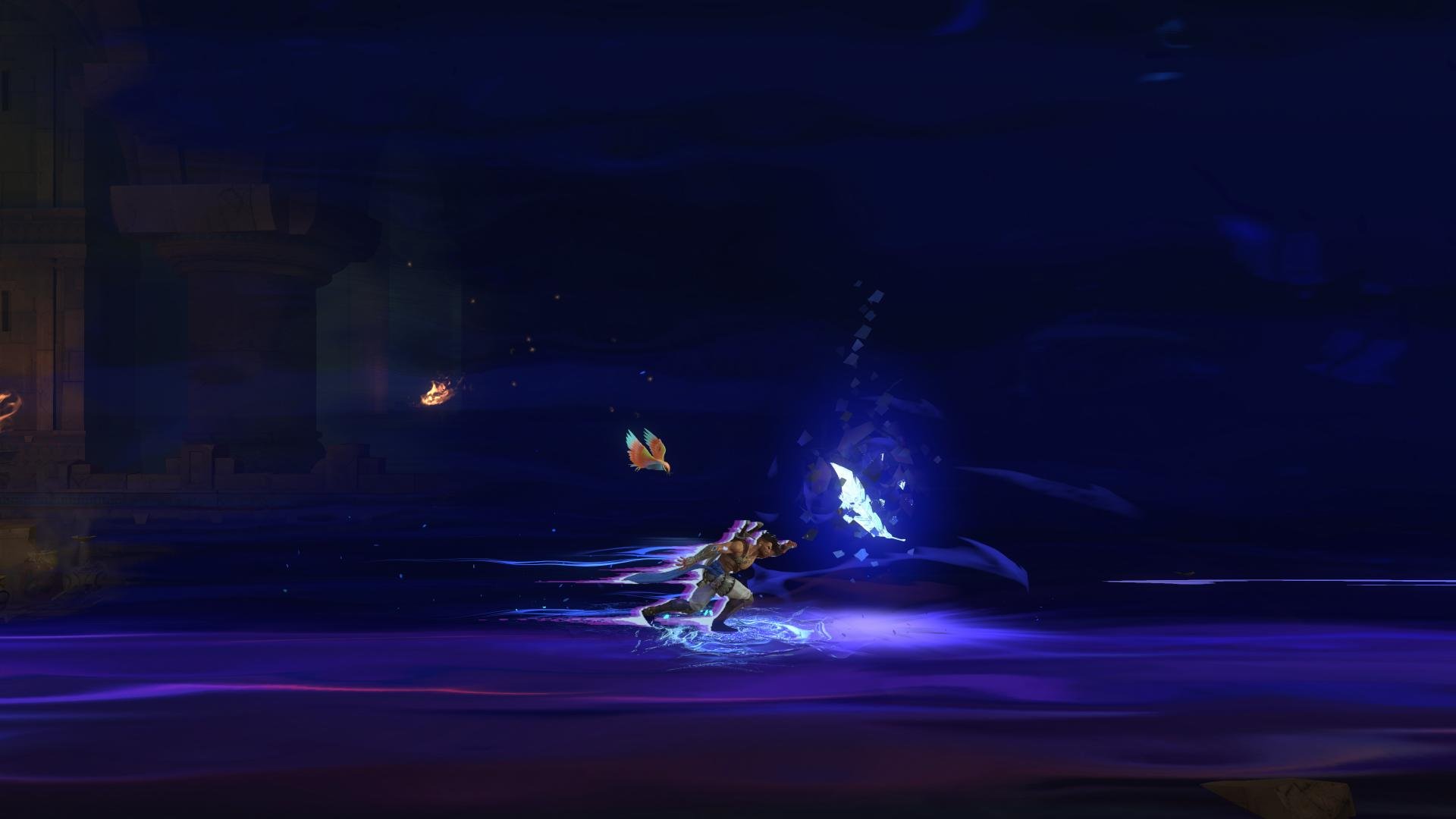




Jeff is the original founder of Analog Stick Gaming. His favorite games include The Witcher III, the Mass Effect Trilogy, Hi-Fi Rush, Stellar Blade, Hellbade: Senua’s Sacrifice, and the Legend of Heroes series, especially Trails of Cold Steel III & IV.